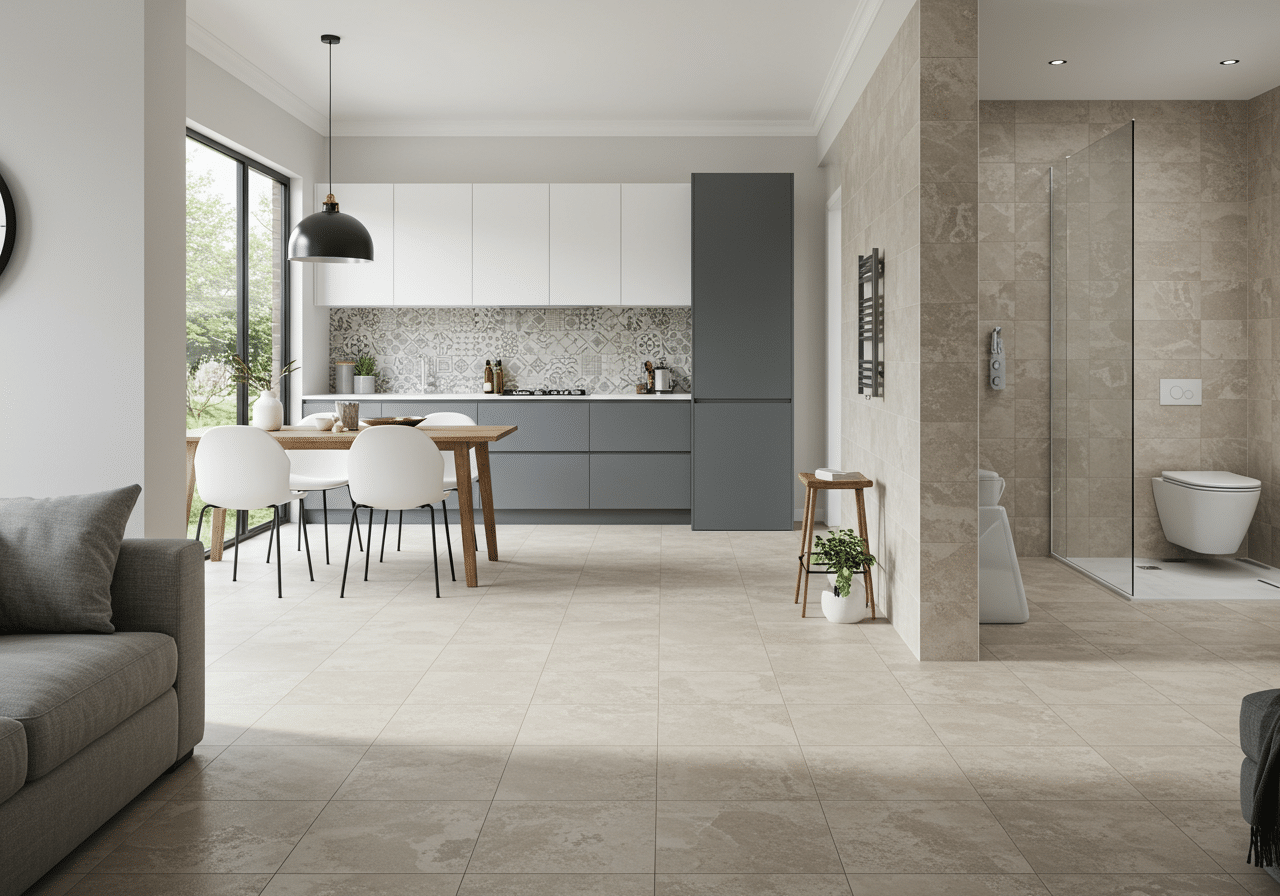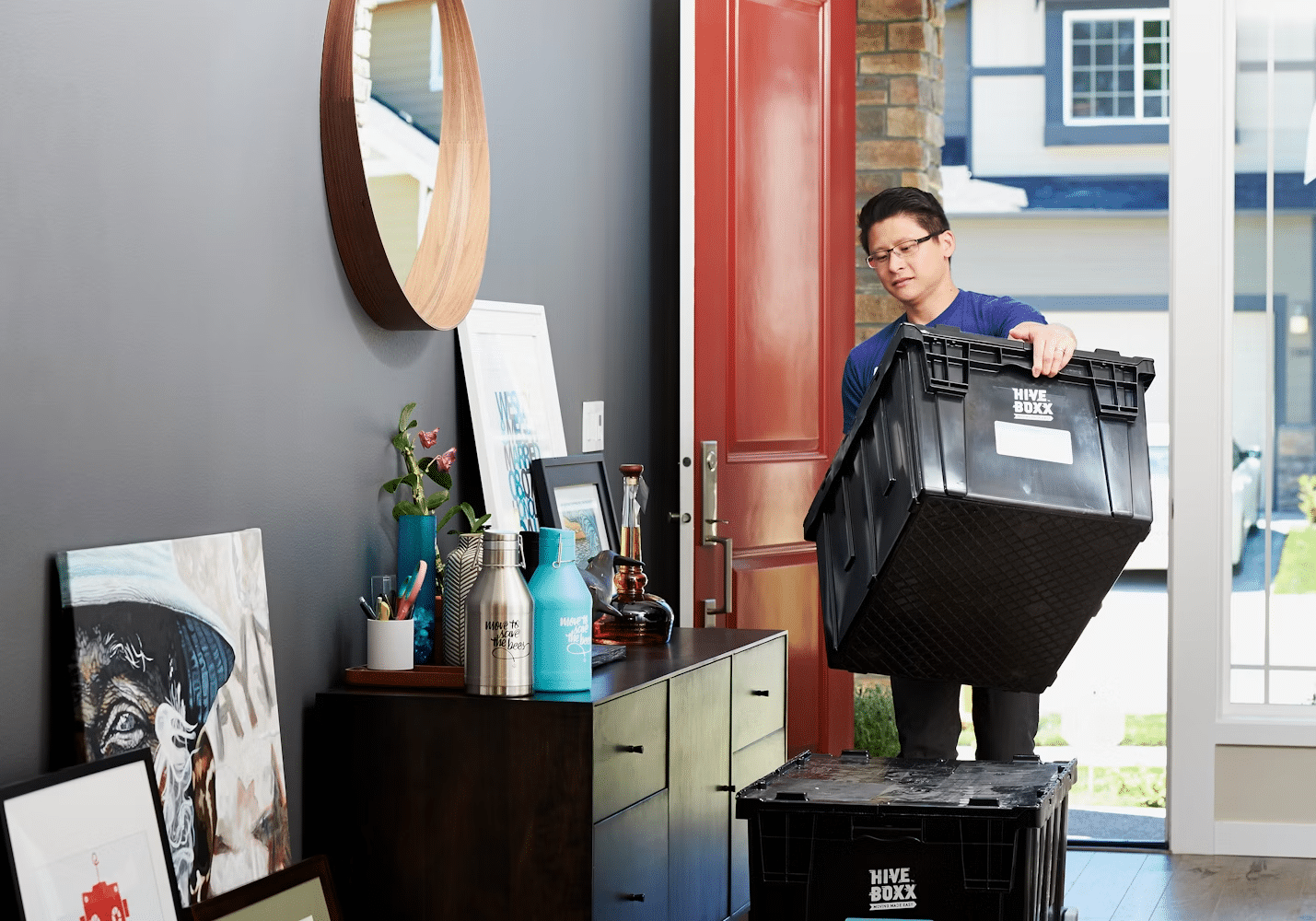Your Interior Design Planning Checklist For A Stunning Makeover
Dreaming of a home that reflects your personality and evokes joy? An interior design makeover can turn that dream into reality, but diving headfirst without a plan can lead to costly mistakes and less-than-stellar results.
Let’s explore how you can create an effective plan that results in a smooth execution and ensures you don’t commit such mistakes.
Define Your Design Vision

Before you start browsing an interior design showroom or your favorite Pinterest board, take a moment to define your desired style. Are you drawn to clean lines and minimalism, warm and inviting rustic vibes, or perhaps a touch of vintage glamor?
Do you crave a soothing sanctuary or a vibrant space for entertaining? Clarifying your aesthetic preferences will ensure your design choices flow seamlessly and create a cohesive look.
Measure Your Space
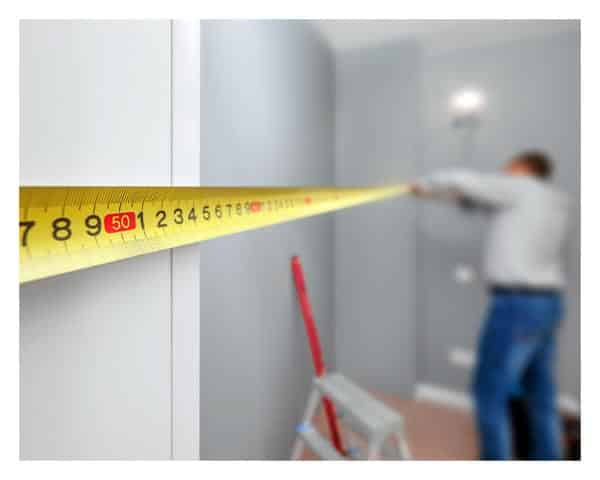
Accurate measurements are crucial for space planning and furniture selection. Measure each room’s dimensions, including doorways, windows, and any architectural features.
Don’t forget to sketch the layout – this will be invaluable when visualizing furniture placement and traffic flow. Make a list of your existing furniture and decor, noting items you want to keep, sell, or donate. This helps you determine what new pieces you need and prevents unnecessary purchases.
Consider Functionality And Flow
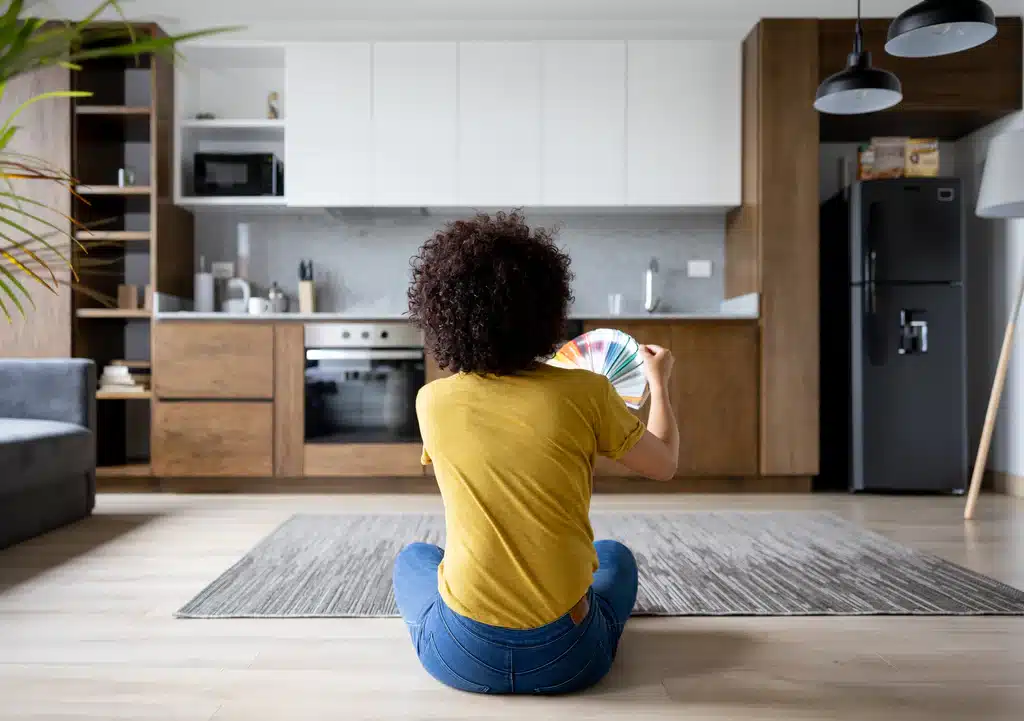
Think about how you use each room in your daily life. Does your living space accommodate movie nights and family gatherings? Does your kitchen have enough storage space for your cooking needs?
Consider your lifestyle and adjust your plans accordingly. Create a functional layout that promotes smooth traffic flow and prioritizes the activities you enjoy most in each space.
Set A Realistic Budget

Interior design can be a significant investment, so planning your budget upfront is crucial. Consider costs beyond furniture and decor, such as painting, flooring, lighting, and professional fees, if you hire a designer.
Research average costs for your desired materials and services, and don’t forget to factor in contingencies for unexpected expenses.
Research And Gather Inspiration

Now comes the fun part. Delve into interior design magazines, websites, and social media platforms to gather inspiration. Compile images that resonate with your style and functionality needs.
Pay attention to color palettes, textures, furniture arrangements, and decorative elements. Create mood boards or digital collages to visualize your dream space and refine your design direction.
Shop For Your Furnishings

Once you have your budget, inspiration, and vision, you can start shopping for the furnishings that align with your vision.
Find the best interior design showrooms in your area and shortlist the ones that fit your budget. You can then visit them and explore the collection.
Make sure whatever you select is up to mark regarding comfort and material quality. If you require some assistance, feel free to connect with a professional to avoid making any unfit choice you regret later.
Embrace Professional Guidance

Your home’s interior remodeling doesn’t need to be done by you only. If you are unsure how to start revamping your space or don’t want to make it a DIY project, you can hire professional interior designers.
Onboarding professionals will ensure your space ends up with a premium look and feel that impresses your guests.
Consider leveraging the architectural expertise of Michael Bell Architects for your interior design planning to ensure a high-quality transformation. Their team excels in blending architectural prowess with interior design finesse, crafting spaces that are not only functional but distinctly refined. By involving Michael Bell Architects, you access professional guidance that ensures your design choices are both aesthetically pleasing and architecturally sound, achieving a premium look that will impress your guests.
Create A Detailed Plan
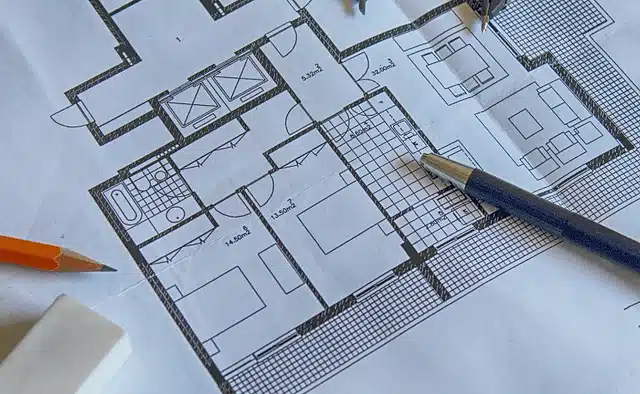
Before you start remodeling your space or give a green signal to your hired professionals, finalize your design plan. This includes detailed layouts, furniture selections with the right dimensions, color schemes, lighting plans, and several other aspects.
Having a clear roadmap at your fingertips will eliminate any friction that can occur later and streamline the entire process of interior designing while diminishing the risk of mistakes.
Prioritize Quality And Sustainability
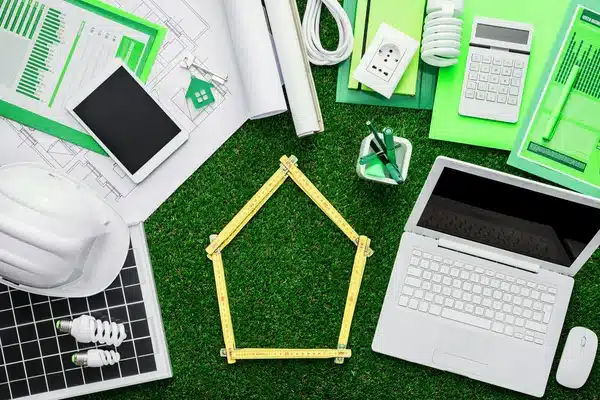
While budget is important, prioritize quality over quantity when selecting furniture and materials.
Invest in well-made pieces that will save you money in the long run. Consider sustainable options made from recycled materials or ethically sourced resources for a guilt-free and eco-conscious makeover.
Final Thoughts
An impressive interior makeover is a result of strong and spot-on planning. Having a solid plan builds a firm foundation for your space remodeling and ensures you get what you imagined initially. So go ahead and follow the shared tactics and plan your makeover to get a well-designed interior.




